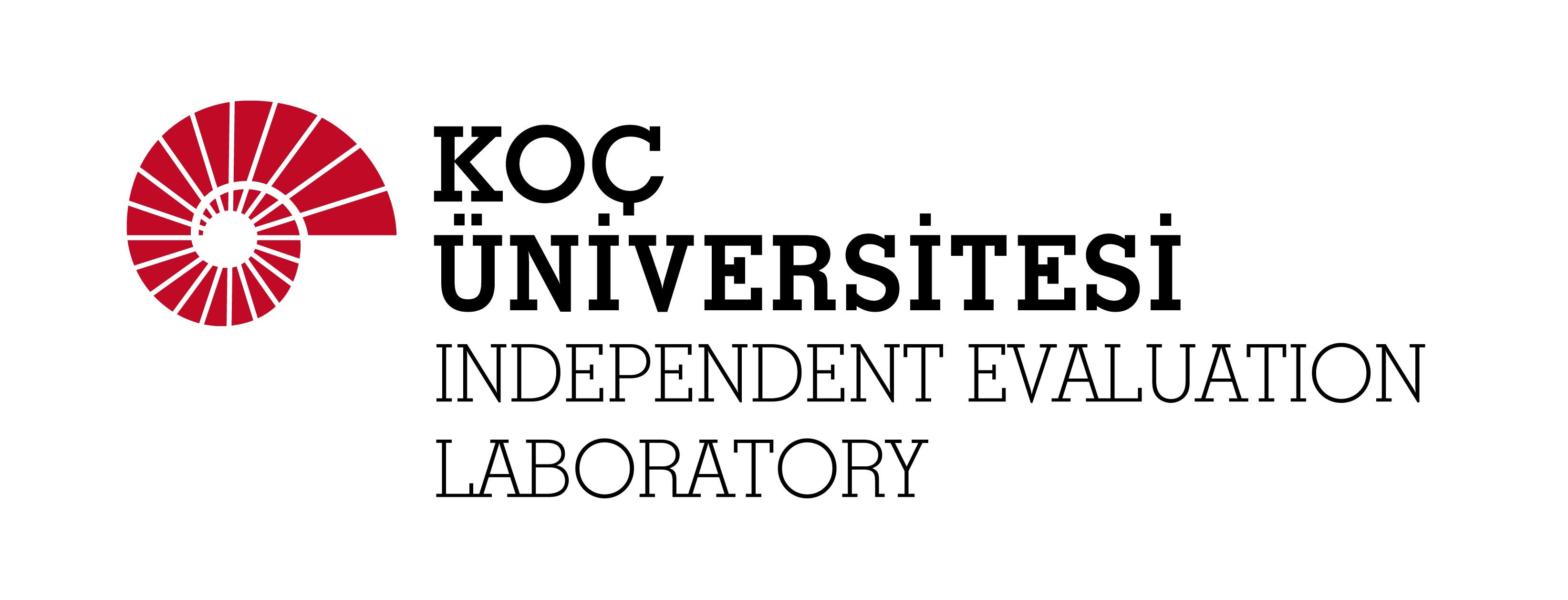Systematic Reviews of Evaluation Findings
This article describes the process of conducting meta-analysis: selecting articles, developing inclusion criteria, calculating effect sizes, conducting the actual analysis (including information on how to do the analysis on popular computer packages such as IBM SPSS and R) and estimating the effects of publication bias. Guidance is also given on how to write up a meta-analysis.
This piece introduces an updated tool to address the issue of risk of bias in meta-analysis and systematic reviews.
In this article, the authors outline methods for using fixed and random effects power analysis in the context of meta-analysis. Like statistical power analysis for primary studies, power analysis for meta-analysis can be done either prospectively or retrospectively and requires assumptions about parameters that are unknown.
In this paper, authors propose a unified framework that enables the coherent assessment of bias across designs in observational studies and randomized trials.
In this study from our lab, we examine the training delivery features of employee training programs to derive a better understanding of features that may be of best benefit in the improvement of employee affective outcomes via the use of meta-analysis.
This article presents findings from a meta-analysis of 213 school-based, universal social and emotional learning (SEL) programs involving 270,034 kindergarten through high school students.
This article uses meta-analysis to examine data from 36 studies linking physical activity to well-being in older adults without clinical disorders.
This mixed methods systematic review and meta-analysis sheds more light on the role parenting practices play in children’s adjustment after war exposure. Authors quantitatively examined whether parenting behavior explained some of the well-known associations between war exposure and children’s adjustment and the authors meta-synthesized qualitative evidence answering when and why parenting practices might change for war-affected families.
